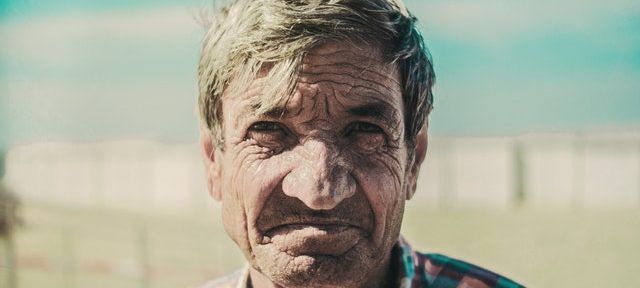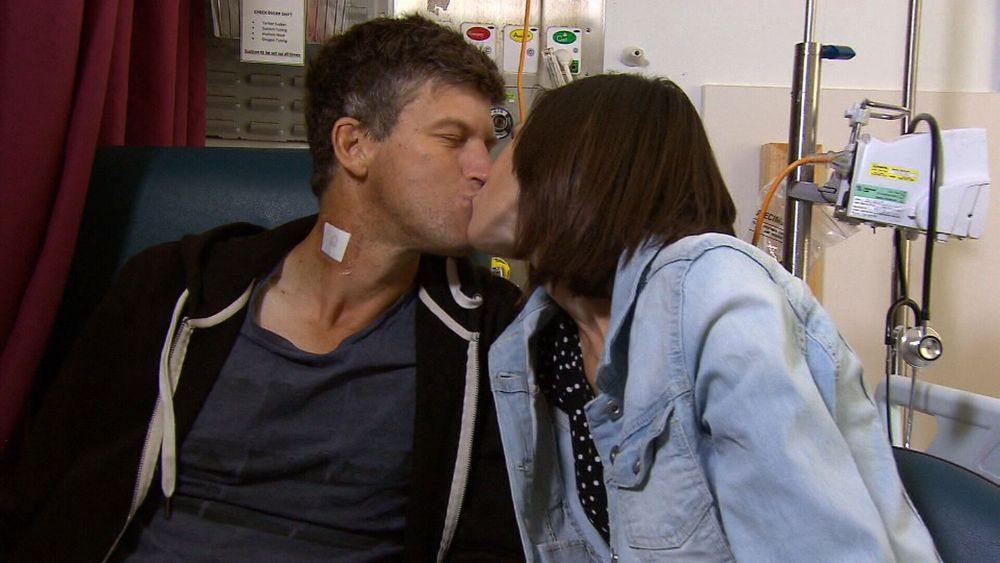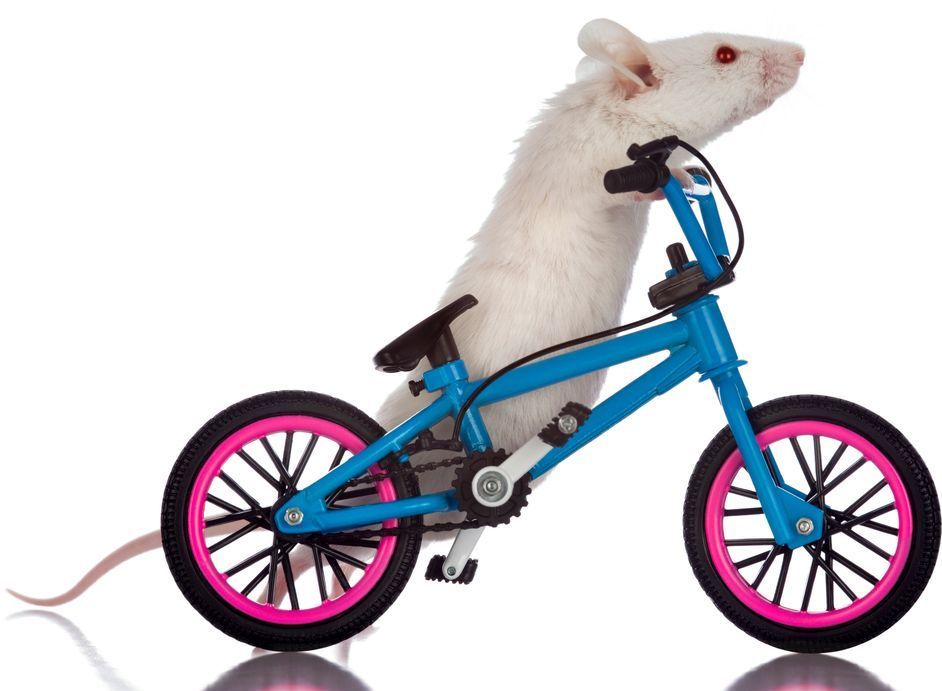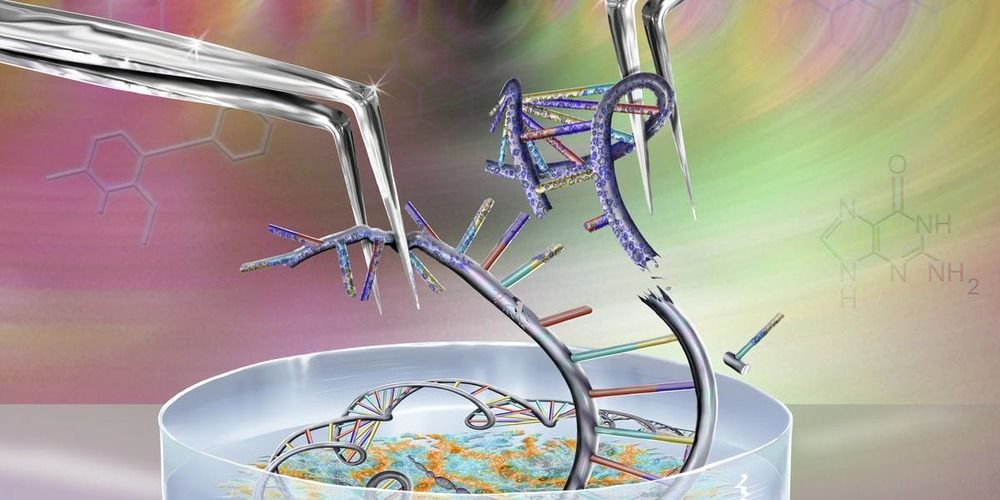Location: Manhattan, KS

The National Bio and Agro-Defense Facility (NBAF) will be a state-of-the-art biocontainment laboratory for the study of diseases that threaten both America’s animal agricultural industry and public health. DHS S&T is building the facility to standards that fulfill the mission needs of the U.S. Department of Agriculture (USDA) which will own, manage and operate (PDF, 16 pgs., 165 KB) the NBAF once construction and commissioning activities are complete. The NBAF will strengthen our nation’s ability to conduct research, develop vaccines, diagnose emerging diseases, and train veterinarians. DHS S&T will leverage the facility as a national asset to fulfill homeland security mission needs.
The United States currently does not have a laboratory facility with maximum biocontainment (BSL-4) space to study high-consequence zoonotic diseases affecting large livestock. The NBAF will be the first laboratory facility in the U.S. to provide BSL-4 laboratories capable of housing cattle and other large livestock. The NBAF will also feature a vaccine development module. For more information about the facility and intended use of its state-of-the-art features, please visit the USDA NBAF Program website.






